
Trekking packs must be a hard thing to build. People tend to want decent support and comfort when carrying a big load, but the more substantial the back system, the heavier your pack itself becomes. How much is too much? I think it's fair to say that Deuter have sometimes flirted with overkill, and in past reviews of their larger capacity models we've tended to praise their comfort and solid build, while being less keen on the weight that has come along for the ride. With the Aircontact Ultra the brand have boarded the lightweight backpacking bus. A stripped-down design with lighter materials and a fantastically airy back system, it's a brilliant addition to their range.
Weight and build quality
Coming in at around 1200g, give or take, the Aircontact Ultra is significantly lighter than Deuter's other trekking packs, and while it may not match the nearly-not-there feel of cottage industry super-mega-ultralight packs hand-stitched by hipsters from gossamer and nano-fibres, it does compete head-on with similar lightweight offerings from mainstream rivals such as Osprey. Your average user, keen not to carry more than they have to, but not preoccupied by weight to the n-th degree, should be more than happy with it. I certainly am.
Its lightweight ripstop fabric, narrow webbing, and thin wire frame are all clearly up to the job, and I've yet to have any complaints about durability. It has to be said that the overall feel - while far from flimsy - is not quite equal to the bombproof chunkiness we have come to expect from Deuter. But what do you want? Trim significant mass, and something has to give.
Carrying capacity
Two sizes are available, the Aircontact Ultra 50+5 and the Aircontact Ultra 45+5 SL (slimline) - the latter being slightly smaller, with a shorter back length and a fit aimed more at female users (though it's what suits each individual that counts, not a nominal gender).
Super-mega-ultralight enthusiasts might enjoy the discipline of squeezing overnight gear into a day bag, but for your average user I think something in the region of 50L is spot-on for a lightweight trekking pack. In summer at least, and assuming you're packing with a weight and bulk-saving attitude (that's what lighter rucksacks are for after all), it should be sufficient for at least a couple of nights out. Longer periods between resupply points mean you'll end up carrying more food, and on an extended trip that 50L might get a bit tight. Of course you can stretch the effective capacity by strapping more stuff outside, and the Aircontact Ultra is well set up for that.
With its fairly stripped-down back system and lightweight wire frame there will be limits to how much weight it can comfortably support compared to one of Deuter's chunkier trekking packs, but with the sort of loads you'd tend to expect in a model like this I can't see that often being an issue. I've quite happily carried a weight of around 10kg (pack, food, water and camera gear included) up and down Munros all day, with an extra couple of kilos of water on the final ascent to a high bivvy, and haven't felt I was pushing things.
So far I've only had a chance to use this pack on an overnighter in Knoydart. I'm looking forward to more trips with it soon:
Fit and comfort
As well as coming in larger and smaller versions, marginally different in length, the harness has a degree of adjustability. This neat and simple arrangement of daisychains and mini carabiners is lightweight, low-bulk, and faff-free compared to more elaborate adjustment systems. But it does offer only around 6cm of play. At 183cm tall, and with a fairly long back, I am at the upper end of the Aircontact Ultra 50's effective size range. The hip belt sits squarely on my hip bones, giving the weight-bearing support it is designed to, but this may not be the case for anyone much taller. Since fit is pivotal to the effectiveness and comfort of a trekking pack, it would be advisable to try it on (suitably weighted) before buying, paying particular attention to back length if you're tall.
The hip belt is shaped for a nice close fit, and can pivot ever so slightly to move with your body. Padding is sufficient without being too spongy, and there's a comfy lumbar pad that transfers weight effectively onto the pelvis. Shoulder straps are slimline for a trekking pack, and sculpted to give an unrestrictive, close fit.
Key to the comfort of the Aircontact Ultra is just how airy everything is. With a combination of open cell foam and mesh fabrics, the hip fins and shoulder straps are so breathable that you can literally breathe through them (a simple test I always like to try with packs), while the comfy mesh and padding in contact with your back allows plenty of air to circulate and sweat to evaporate. Deuter have managed to achieve a superb level of back ventilation without creating too much of a gap between pack and wearer, thus keeping the weight close to your body for a better-balanced feel. Having used it in some very warm, sweaty conditions, I've been really impressed with the comfort and ventilation on offer.
As an overnight pack for summer use in particular, it's well up there with the best I've tried. Shedding weight? No sweat with the Aircontact Ultra.
Features
Whistles and bells add weight and complexity, so if you're after a lighter pack it makes sense to look for a simple one. I'd generally err towards less being more, and get on really well with the Aircontact Ultra's pared-down approach. Those who prefer lots of features may want to look elsewhere.
This is a basic top-loader with a conventional lid and drawstring, a design that remains popular because it just works. The lid can be raised to extend capacity (that's the +5 bit), or taken off if you're that way inclined. It's just about possible to improvise it into a sort of shoulder satchel, using the removable straps, but better for a pack-free mini-bag would have been some kind of waist attachment. For all the loose bits and bobs you inevitably want to hand - hat, gloves, map etc - the zipped lid pocket is really roomy, and while there's no under-lid security pocket you do get the essential keyring clip.
Most bigger packs sport a lower entry or a side zip, for easier access to items buried inside; and you'll often get a zip-out bottom compartment too, which can help keep things organised or wet stuff away from the rest. I've never been convinced by side zips, since they introduce complexity, weight, a point of weakness or potential leakage, and the possibility of losing stuff if you're inattentive. Ultimately, my ambivalence stems from the fact that I rarely seem to use them. Well I don't have to moan about the Aircontact Ultra, because in the interests of lightness and simplicity it has no secondary entry at all. Hats off to the designer, I say, for being bold enough to omit a feature that many people seem to consider so desirable. Give a zip-free pack a go; you might find you don't miss one.
If you want quick access to things like a jacket or a water bottle, then you don't have to get into the main pack at all, because Deuter have stuck a big stretchy pocket on each side - plenty of space for a bottle or folding poles - and an even roomier one on the front of the pack, which will hold a couple of layers and more.
For additional external storage, the side compression straps are long enough to fit something like a roll mat, and if you're attaching bulkier items such as a tent then the straps can be re-threaded to loops on the front of the pack.
Inside there's the usual sleeve for a hydration system, but you don't get a stretchy band on either shoulder strap to secure the drinking tube, which is mildly annoying. I have bodged a tether using a rubber band, but it's not ideal. Since I'm more a soft flask than a sucky tube type I might have been keen to see the addition of running vest-style bottle pockets on the shoulder harness; you can't access a bottle in the side pockets without removing the pack. However, on-the-go calorie intake is well covered, with a large zipped mesh pocket on each side of the hip belt, offering plenty of room for snacks and a phone.
With no axe attachments, and being perhaps not as bombproof as you may want a winter pack to be, the Aircontact Ultra might best be considered a 3-season model.
Ethics and environment
This pack is made with Bluesign-certified, PFC-free fabric. Deuter is a member of the Fair Wear Foundation, an independent verification initiative cooperating with companies and factories to improve labour conditions, especially in low-wage countries. For many years the company has also used a single factory in Vietnam for all its production - an unusual commitment in an industry that tends to make stuff all over the place, and a model that arguably makes it easier to ensure both high production standards and decent levels of welfare.
Summary
While it's not competing gram for gram with specialist ultralight niche products, the Aircontact Ultra will be easily light enough for most people, and certainly represents a departure for a brand better known for chunkier packs. With a supportive frame, reasonably tough materials, and a familiar design, it's a more accessible product than the weird and wacky featherweights coming out of the US, and for your average user who's keen to shed a bit of weight, but not fanatical about it, this arguably makes it a more viable choice.
I love the simple functionality of its design, which offers pretty much everything I'd want for summer use, while the ventilated back system is a literal breath of fresh air. I can't see myself hankering after anything substantially lighter than this, but nor would I want something much heavier when the Aircontact Ultra does such a good job with its modest 1200kg. For three season backpacking and overnights on the hills, it's a real winner.



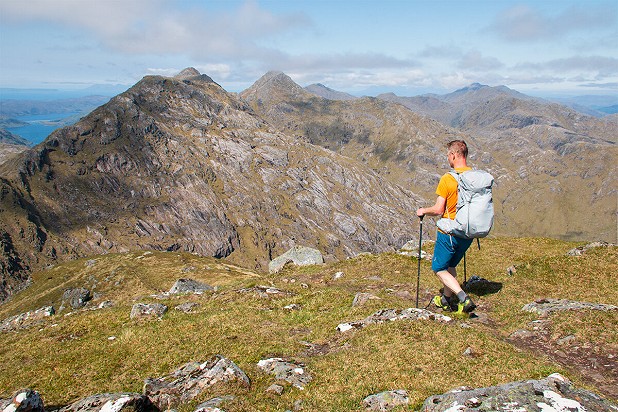
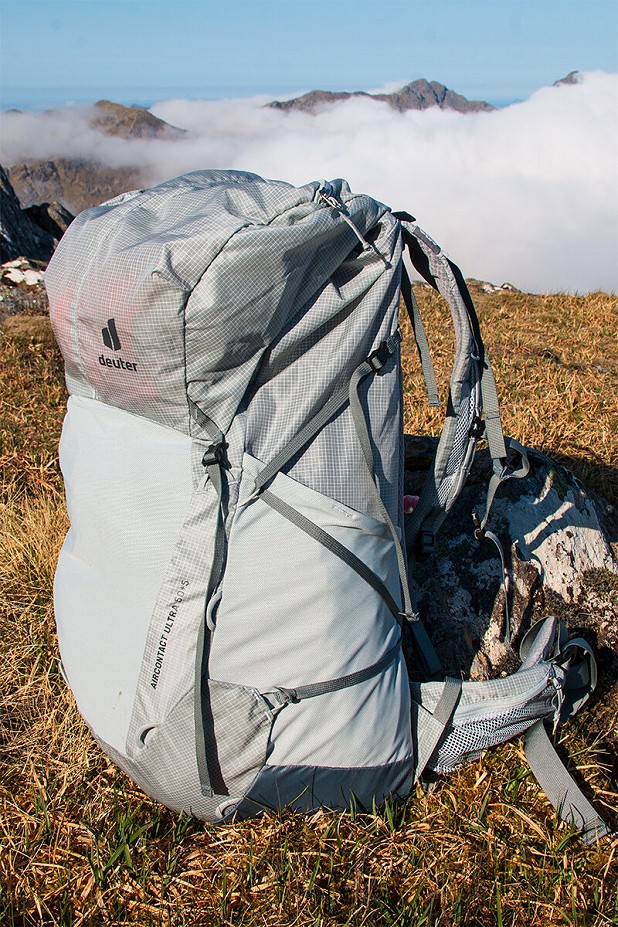
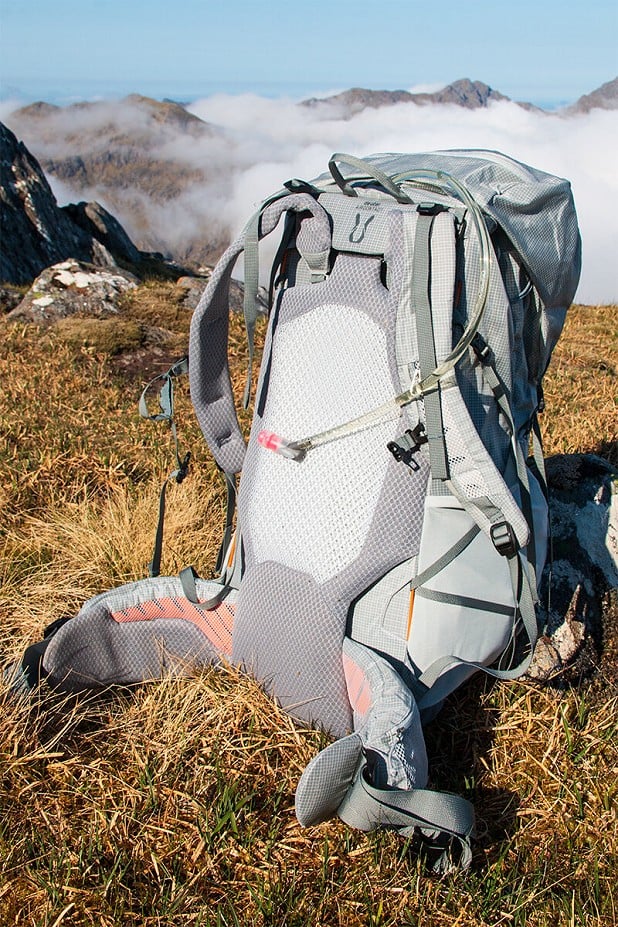
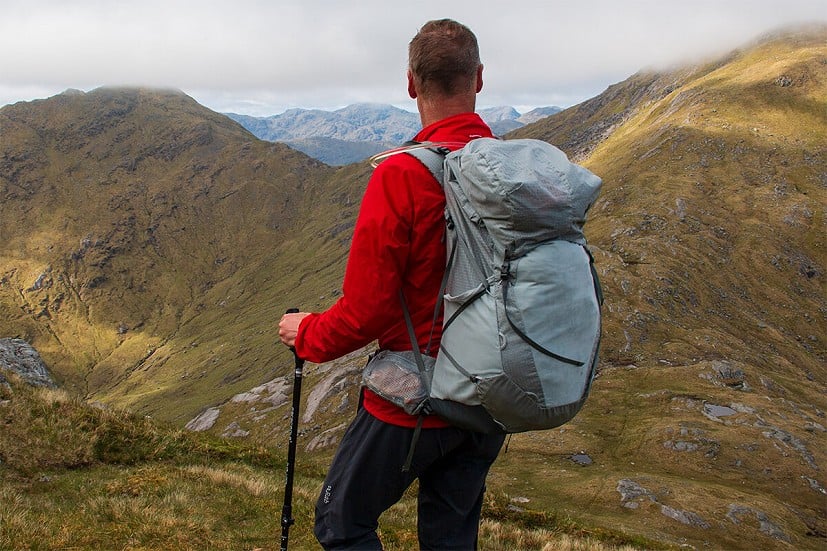
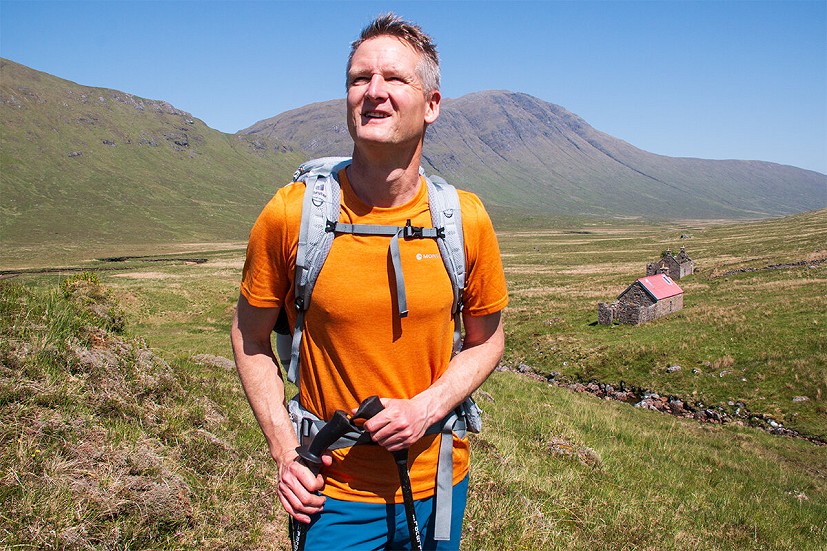
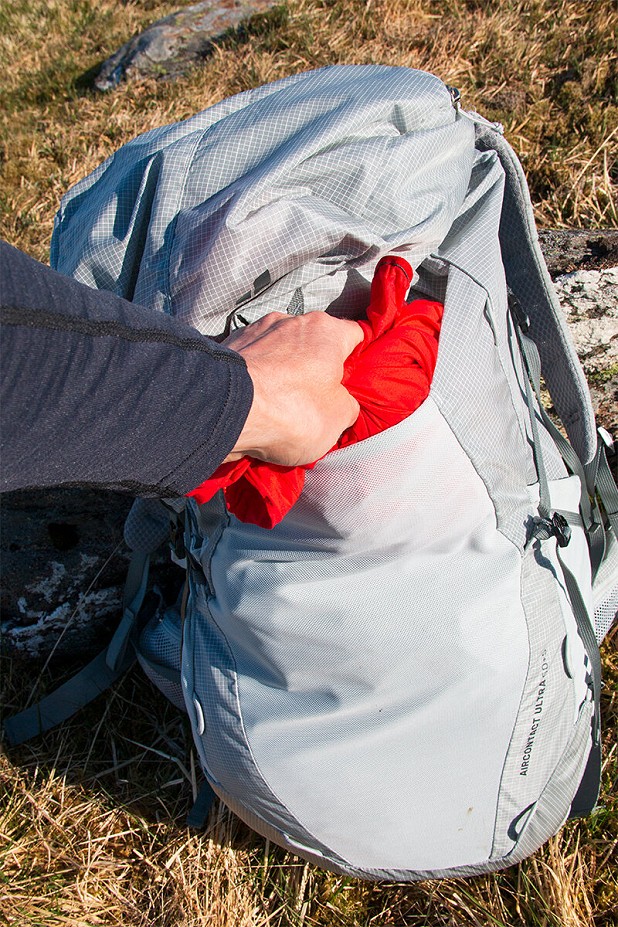
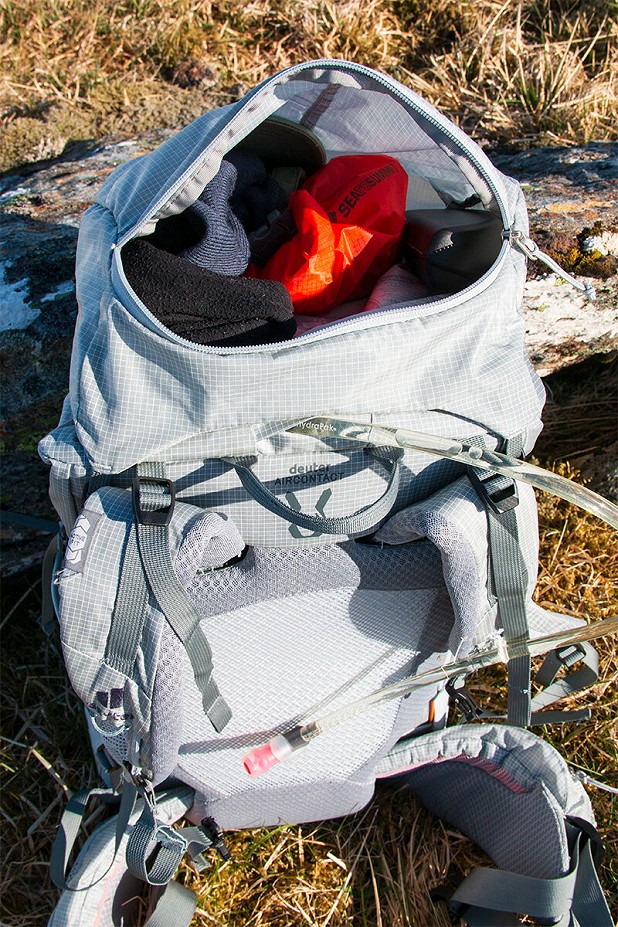
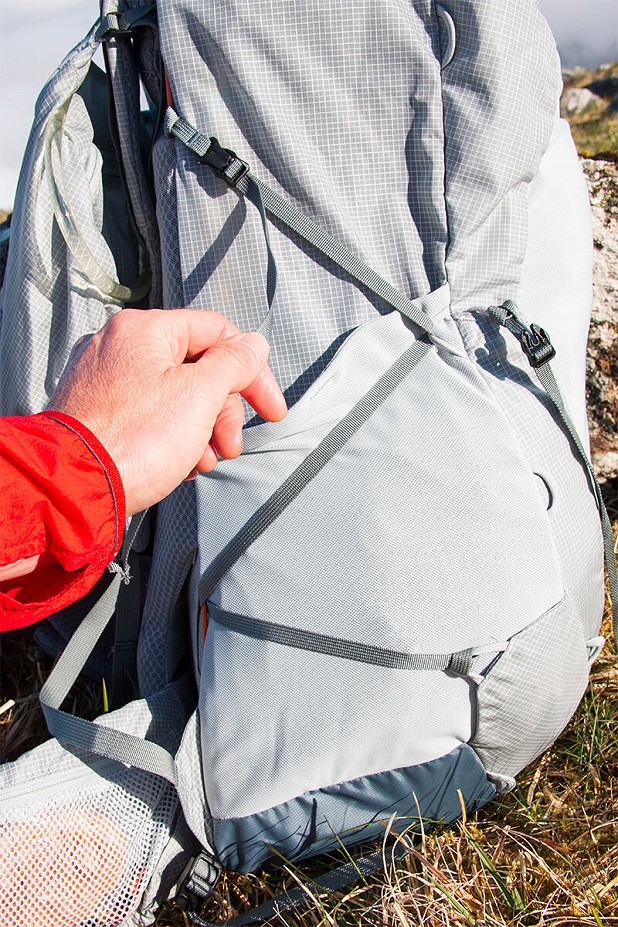
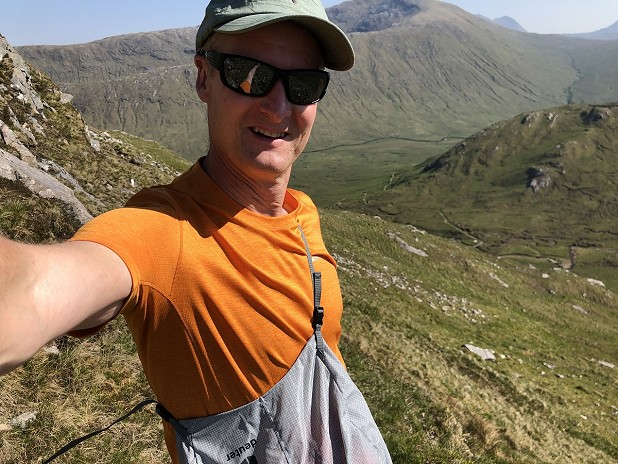
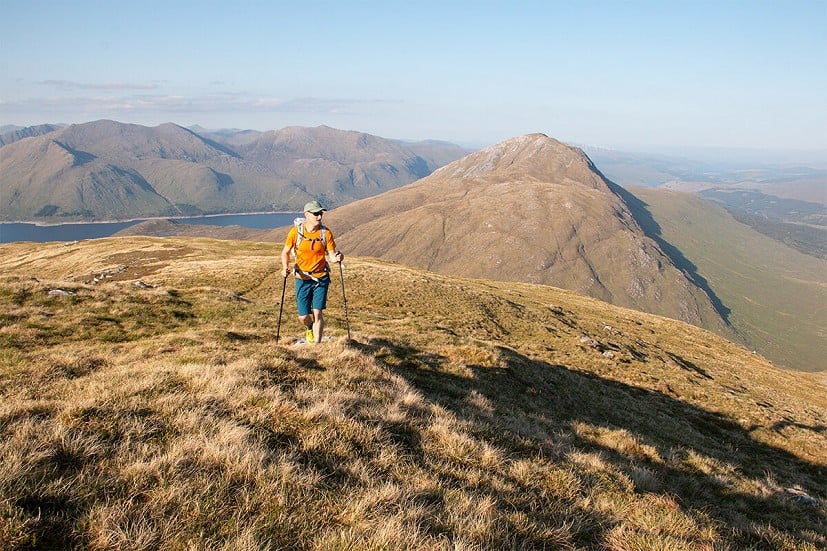
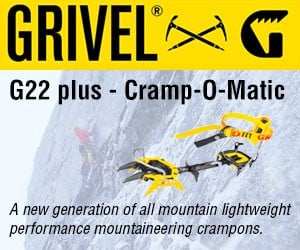



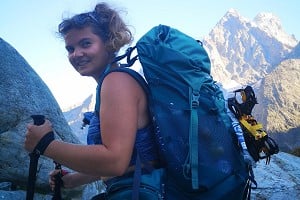
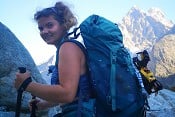
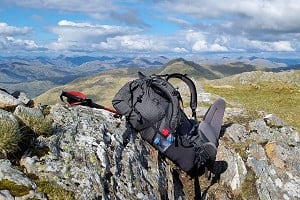
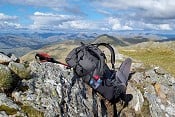
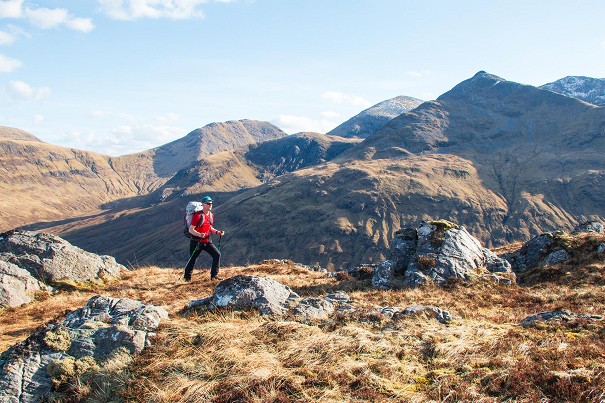




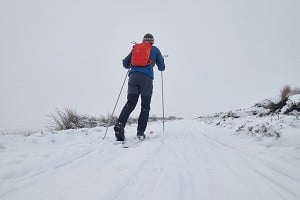
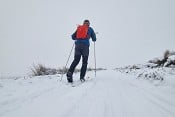
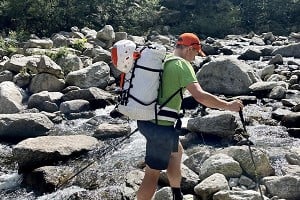

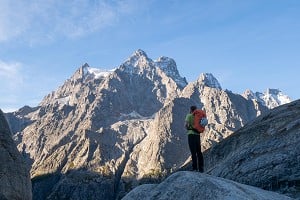
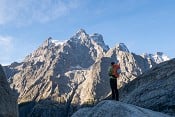
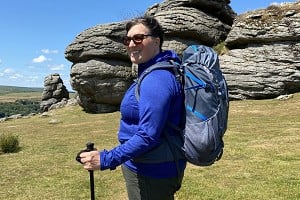







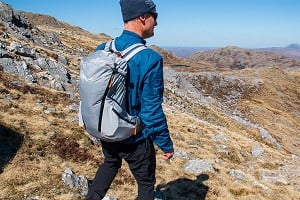
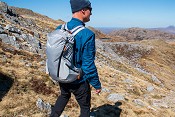

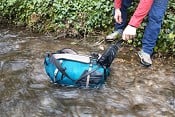

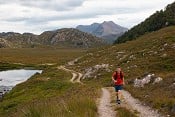
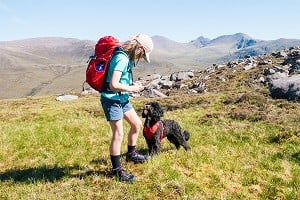
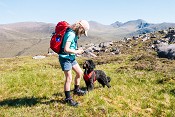
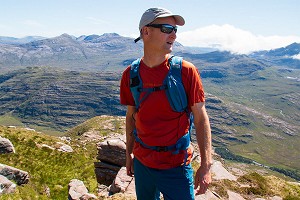

Comments
"...modest 1200kg"!!! Holy smokes, that's one heavy 'ultralight' pack ;)